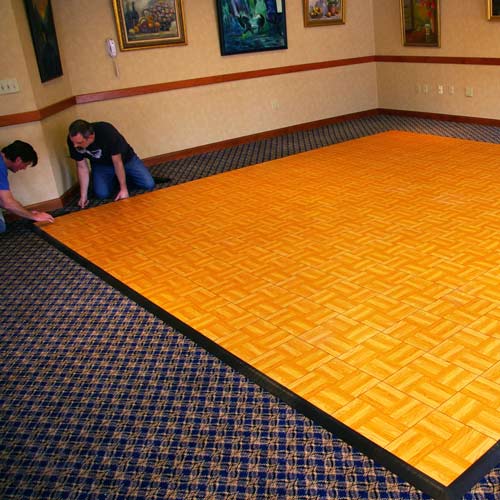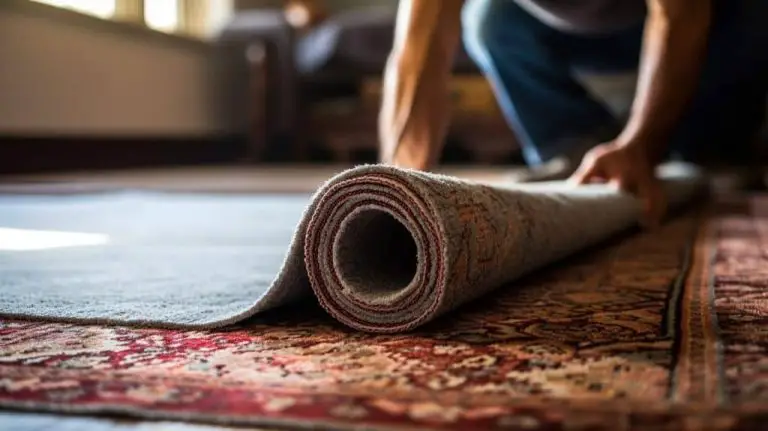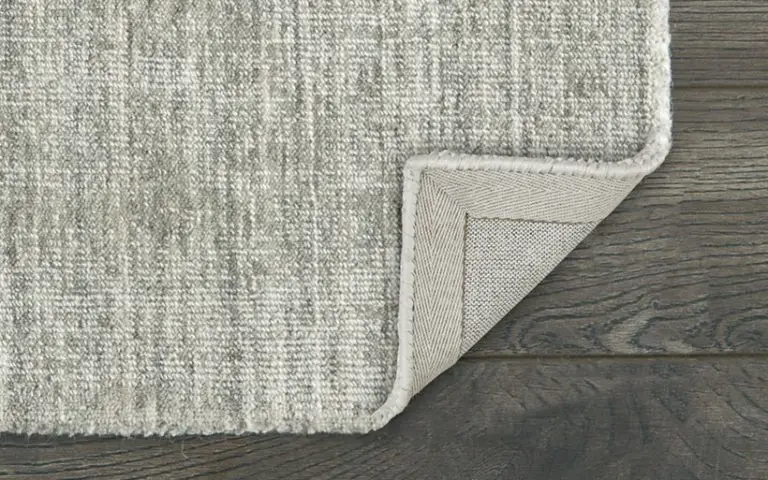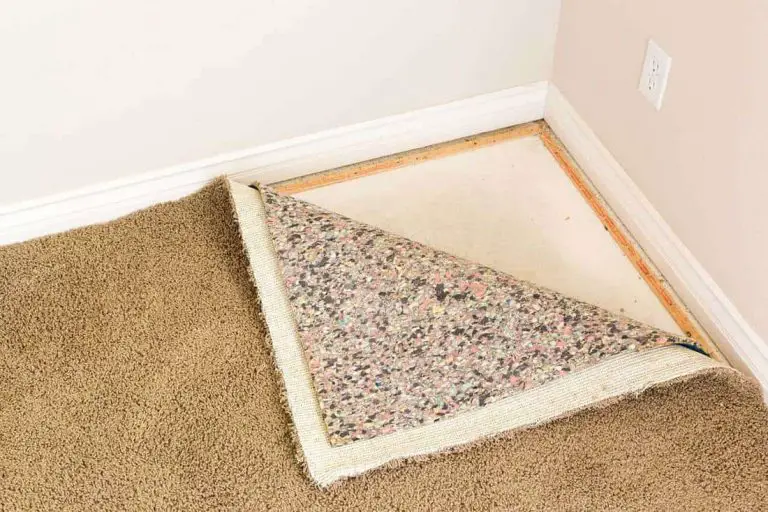What Flooring Can I Put Over Carpet
If you have a room with carpet that you want to change but don’t want to go through the hassle of ripping up the existing carpet, you may want to consider what flooring options you can put over the carpet. Many different flooring materials can be installed over existing carpet, such as vinyl plank, hardwood, laminate, and cork flooring. Each of these flooring options has its advantages and disadvantages, so it’s important to weigh your options carefully before making a decision. With the right flooring, you can easily upgrade your space without having to go through the trouble of removing the old carpet.
Types of Flooring That Can Be Installed Over Carpet
Carpet is a popular flooring option, but it’s not always the most practical. Luckily, there are a variety of flooring options that can be installed over carpet to give your space a fresh new look. From hardwood to luxury vinyl tile, several types of flooring are suitable for installation over carpet.
Hardwood flooring is a classic option that adds warmth and natural beauty to any space. It’s important to note, however, that hardwood flooring requires careful installation over carpet. It is important to use a subfloor and padding between the carpet and hardwood to ensure that it is properly supported.
Luxury vinyl tile is a popular alternative to hardwood flooring. It’s durable and easy to clean, and it comes in a variety of colors and patterns to suit any décor. It’s also relatively easy to install over carpet, as long as the carpet is in good condition.
Floating flooring is another option for installing over carpet. These flooring systems are designed to snap together without the need for any adhesive. They are easy to install and can be removed with relative ease, making them a great option for renters.
Preparation Steps for Installing Flooring Over Carpet
Preparing to install flooring over carpet can be a daunting task but with the right steps, it can be achieved with ease. The first step is to determine the type of flooring to be installed. Vinyl, laminate, and engineered wood are all common options for installation over carpet. Each type of flooring has its advantages and disadvantages, so it is important to research to find the best fit for the space.
The next step is to measure the space and determine the amount of material needed. This includes the length of the room as well as the width. Additionally, it is important to take into account any furniture that may be in the space and the potential need for transition strips.
Once the material is purchased, the carpet needs to be removed. This includes the removal of any padding, staples, and tacks that may be in the existing flooring. This step is especially important for vinyl and laminate flooring as the padding can create a moisture barrier that can cause the flooring to bubble and warp over time.
The final step is to install the new flooring over the existing carpet. If using a peel-and-stick product, it is important to make sure that the adhesive is firmly applied to the carpet. It is also important to use a foam underlayment to reduce noise and provide extra insulation. Once these steps are completed, the flooring should be ready for use.
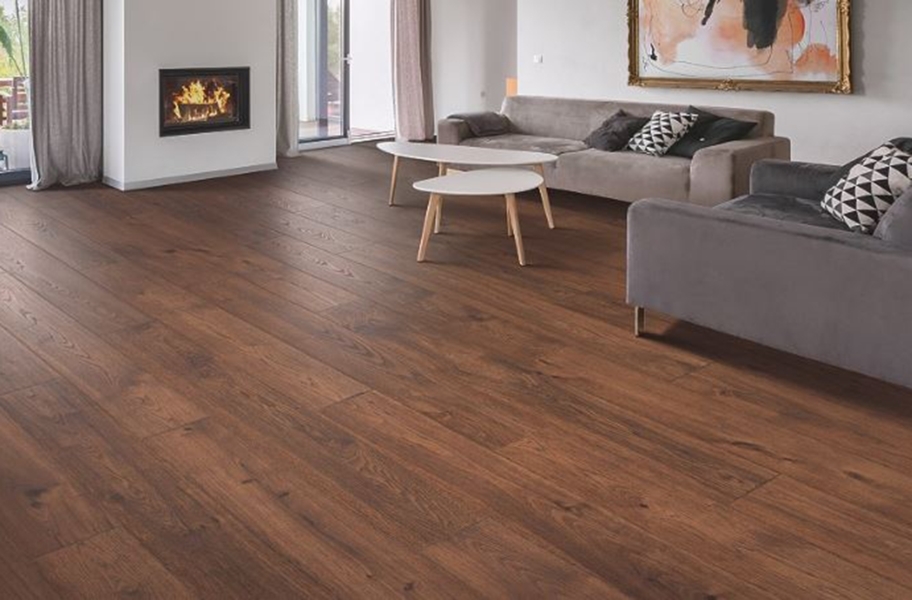
Pros and Cons of Installing Flooring Over Carpet
Installing flooring over existing carpet can be a tempting proposition for many homeowners. In addition to being an economical and fast solution, it can also significantly reduce the amount of time spent on the task. However, there are a few things to consider before you jump into this project.
The pros of installing new flooring over existing carpet include not having to remove the old flooring, and saving time and money. This is particularly beneficial for those who are in a rush or need to save money on labor costs. Additionally, it can reduce the amount of dust and debris in the room, as there is no need to tear out the old flooring.
On the other hand, there are a few potential drawbacks to consider. Installing flooring over carpet can reduce the lifespan of the flooring, as the carpet can trap moisture and cause the flooring to buckle or warp. Additionally, some flooring materials, such as hardwood, may not be suitable for installation over carpet. It is important to check the manufacturer’s instructions before proceeding.
Cost Considerations for Installing Flooring Over Carpet
Carpet is a popular flooring choice for many homeowners, but it can be difficult to maintain and change over time. If you’re considering switching out your carpet for something else, you may wonder if it’s possible to install flooring over the carpet. The good news is that this is possible, but there are a few cost considerations to keep in mind.
First, you’ll need to check if your existing carpet is in good enough condition to support the new flooring. If the carpet needs repair or replacement, this could add to the cost of the project. You’ll also need to factor in the cost of the flooring material itself, as well as the cost of installation. If you’re installing a floating floor, you may be able to complete the installation yourself, but if you’re installing a more complex flooring system, you’ll need to hire a professional.
Finally, keep in mind that you may need to purchase additional supplies, such as adhesives, trims, and sealants. These materials can add to the overall cost of the project, so be sure to factor them into your budget.
Maintenance Requirements for Installing Flooring Over Carpet
When it comes to installing flooring over carpet, it’s important to understand the maintenance requirements. While it may seem like a quick fix for outdated carpeting, there are certain challenges associated with this approach. From moisture absorption to durability issues, here’s what you need to know about installing flooring over carpet.
Moisture is one of the main challenges of installing flooring over carpet. Carpet tends to absorb moisture from the air, and this can affect the integrity of the new flooring. If moisture is not properly managed, it can cause warping, buckling, and other problems. To avoid moisture issues, use a vapor barrier and make sure the space is well-ventilated before installing the new flooring.
Durability is also an important factor. The carpet is not as hard as some other flooring materials, so it may not be able to withstand the weight of the new flooring. It’s important to use a subfloor before installing the new flooring, as this will provide additional support and help ensure the new flooring remains in place.
FAQs About the What Flooring Can I Put Over Carpet
1. Can I put hardwood floors over the carpet?
Yes, you can put hardwood flooring over the carpet, but it’s best to remove the carpet first. This will ensure a secure and level surface.
2. Can I put laminate flooring over the carpet?
Yes, you can install laminate flooring over the carpet, as long as the carpet is in good condition and securely attached to the subfloor.
3. Can I put tile over the carpet?
No, you should not install tile over the carpet as it can cause the tile to crack and become unstable. The best option is to remove the carpet and install a layer of plywood subflooring before laying the tile.
Conclusion
The flooring options available for putting over the carpet depending on the type of carpet, the condition of the carpet, and the desired look and feel of the new flooring. Laminate, engineered hardwood, and luxury vinyl are all popular flooring options for going over carpets. If you’re unsure of which flooring to choose, it’s best to consult a professional to ensure you get the best results.
